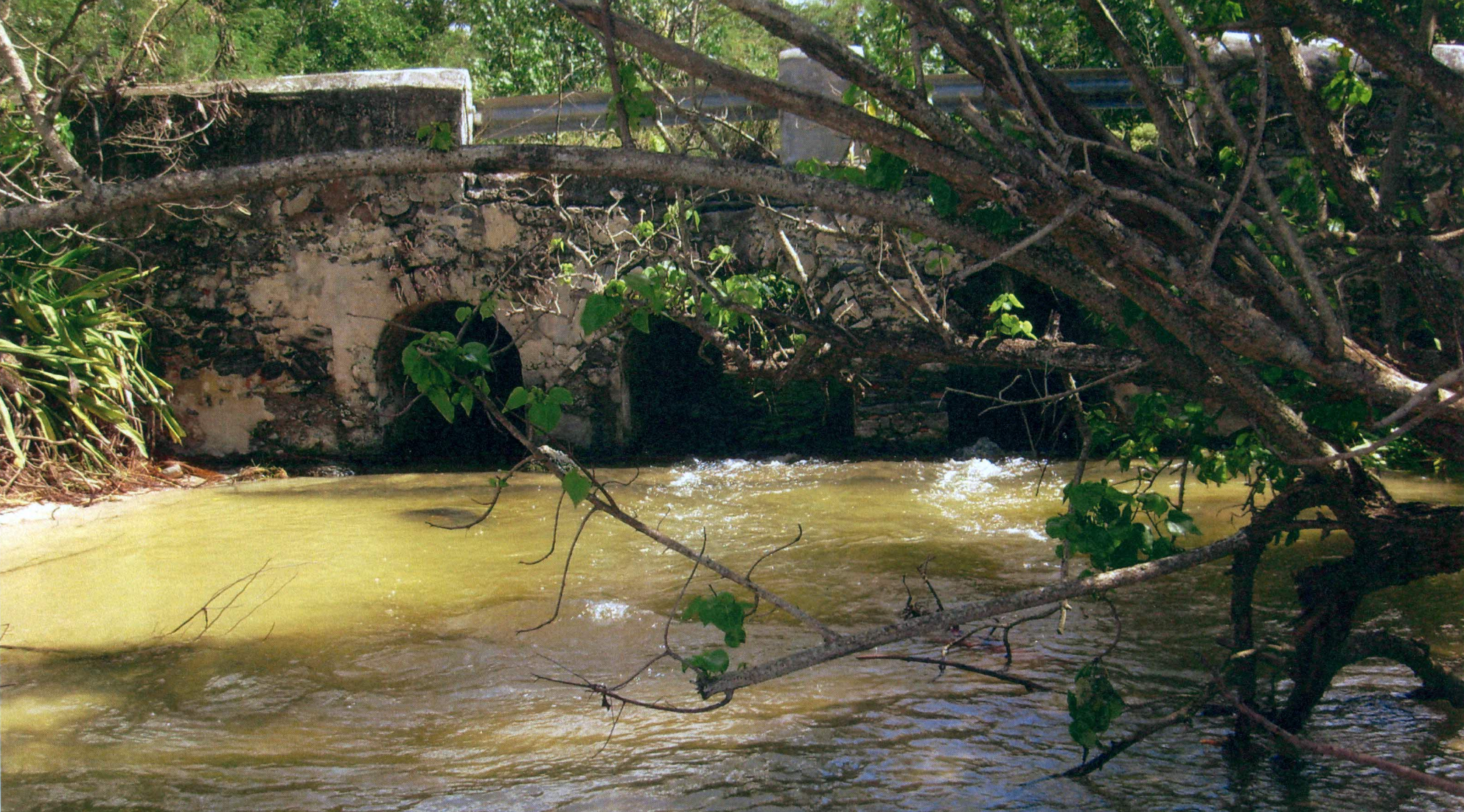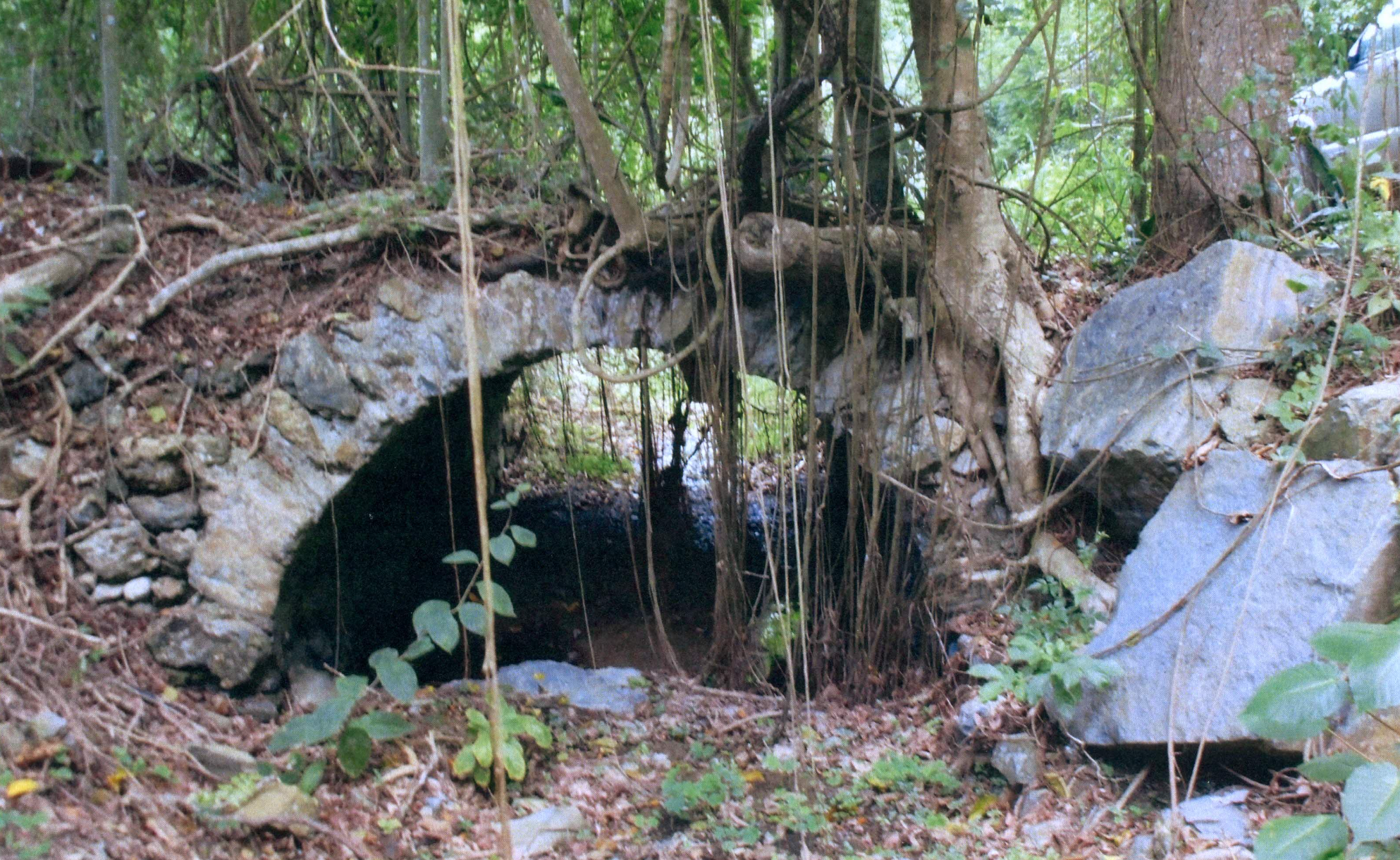
Since last year, Queen Mary Highway on St. Croix has been closed off, starting from Estate Bethlehem Old Works and Kings Hill. Also closed is the road between Bethlehem Old Works and Bethlehem Middle Works, which is Route 64 that connects to Melvin H. Evans Highway. The bridges in the Virgin Islands are being repaired and maintained if needed, which is a good thing for motorists. However, what most residents of the Virgin Islands don’t know is that we have historic bridges dating back hundreds of years to the Danish occupation of the islands.

The preservation of historic bridges in the Virgin Islands is critical to our cultural identity and natural history. The American conservation authorities protect old bridges and roads throughout the country. In 2007, a good friend of mine, Dr. George Tyson, a local cultural historian, took the initiative to get Virgin Islands historic bridges, old Danish roads, and other structures relating to waterways registered as part of our cultural heritage.
Arne Rosenkvist, an engineer from Denmark, had the task of conducting a survey on the historic bridges, roads, etc., of the Virgin Islands. The project started as a discussion between Tyson and Rosenkvist in Denmark. Rosenkvist noted, “One afternoon, by the gate of Kronborg, after an interesting visit of historical road marks in Northern Zealand in Denmark, Mr. Tyson said to me: ‘I have a project for you. You are going to register the old Danish bridges in the former Danish West Indies, and then come up with suggestions for how to preserve them.’”
As a result, Rosenkvist started out researching the history of bridge making in the Danish West Indies. At the end of the research project, he produced a document of 64 pages along with photos of historic bridges, guts, Danish sidewalks, etc., in the Virgin Islands and how to maintain the structures. The title of the document is “Registration of Bridges on the former Danish West Indian Islands: A Report on Old Roads and Bridges on the Virgin Islands with suggestions for preservation and maintenance of these Danish cultural remains.”
In the document, Rosenkvist spoke about highly qualified tradesmen, skilled persons, “colored people,” “free,” and their descendants that made the bridges, historic sidewalks, etc., that now exist in the Virgin Islands landscape. He also mentioned that the highly skill craftsmen were conveyed by the Moravian missionaries when they arrived in the Danish West Indies in the 1730s.
Nevertheless, when the Danish West Indies islands were transferred in 1917 to the United States government, many of the old traditions of craftsmanship skills were lost. In his report, Rosenkvist suggested keeping the old standards of professionalism in maintaining or preserving our historic bridges. He said we could consider joining with the Danish West Indian Apprenticeship Program to require the skills to maintain our historic structures.
In other words, train our people, especially young Virgin Islanders, to have such skills not just for restoring historic bridges, but also historic buildings and other important historic structures. He also described in the report that most of the historic bridges are small and over streams (guts). In the heyday when sugar was King in the Danish West Indies, bridges were built to carry loads of smaller or larger carts pulled by mules, horses, or oxen.

Today, we drive over these bridges built by local craftsmen, which many residents don’t know exist. The bridges were built with the strength and capacity of carrying a load of today traffic. Believe me, it is amazing what skill and art local craftsmen had hundreds of years ago in building bridges. In fact, bridges we build today fall apart or wash away most of the time during heavy rainfall due to culverts too small for the volume of water passing through, while the historic bridges stand the test of time.
For this reason and more, we need to preserve the integrity of our historic bridges. The old Danish bridges in the Virgin Islands are protected, according to the American legislation. Therefore, we need to take heed when we are repairing historic bridges. However, in the Virgin Islands I believe we have a tendency not to care about our cultural or natural resources. Yet, these resources are connected to our cultural history and the tourist industry, which many consider the bread and butter of our island economy.
The historic bridges and other structures are built partly from local materials like cut coral stone and partly of Danish bricks. During the Danish rule of the islands, bricks were brought to the islands as ballast on the ships from Denmark that returned carrying sugar and rum. The late George A. Seaman, one of our well-known native naturalists of the 20thcentury, talked about his experiences, when St. Croix was still Danish, about Fair Plane bridge east of today’s Henry E. Rohlsen Airport:
“The Fair Plane bridge was one of the most beautiful of the old time cut limestone bridges built by the Danes. It consisted of three faultless arches under which, depending on the rains, flowed an enchanting purling stream. This so-called Fair Plane gut was fed by the several tributaries meandering through the great sugar cane heartland of St. Croix,” noted Seaman.
The bridge still exists today where countless thousands of people travel every day to the airport. Seaman and his friends as boys used to hang out at Fair Plane Bridge to catch shrimp, eels, mudfishes, mountain mullets, and birds. There is a lot more I can mention about our historic bridges in the Virgin Islands. The 64-page document I mentioned earlier describes in detail historic sites of bridges and other structures that are so valuable to the people of Virgin Islands.
My great concern about repairing historic bridges in the Virgin Islands is that I hope the contractor or contractors are working with the V.I. State Historic Preservation Office. Historic bridges can’t be touched without guidelines on how to restore them. It is the law. Historic bridges are protected.
— Olasee Davis is a bush professor who lectures and writes about the culture, history, ecology and environment of the Virgin Islands when he is not leading hiking tours of the wild places and spaces of St. Croix and beyond.





